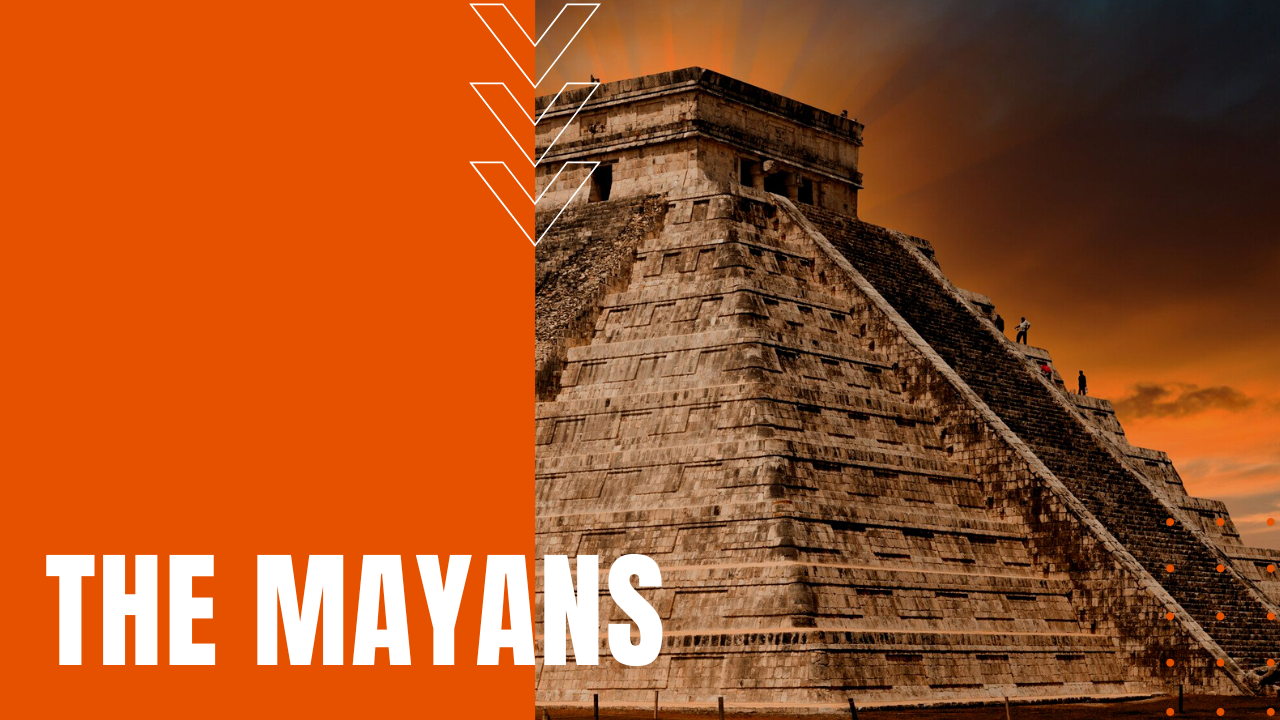The Mayans: Golden Age of Maya Ends Abruptly

Where Mayans Lived?
Considered the most dominant society in Mesoamerica, the Mayan civilization flourished in three separate sub-geographies from 1800 BCE until 900 A.D., concentrated in a larger geographical block that covered the Yucatan Peninsula, modern-day Guatemala and Belize, parts of Honduras and El Salvador, as well as parts of the Mexican states of Tabasco and Chiapas, which proved to be a geographic deterrent from outside invasion by other Mesoamerican tribes.
Golden Age of Maya
Mayans spoke a solitary language during the Pre-classic Period or early years of Mayan history, although by the Classic Period or golden age of Maya, from 250 to 900 A.D., a wide diversity of languages came into play, many of which are still spoken in modern-day Mexico and Central America by more than five million people.
Employing a combination of primitive and complex agricultural techniques—from slash-and-burn land clearing to irrigation canals and terraced fields—archaeologists and historians believe the Mayans flourished and grew on a reliable diet of corn, beans, squash and cassava, eventually developing some 40 major cities with a total population of two to ten million people, including elaborate cities such as Tikal, Uaxactún, Copán, Dos Pilas and Río Bec.
Mayan Civilization
Excavations have unearthed plazas, elegant palaces, temples and pyramids, as well as athletic courts for playing the uniquely Mayan sport of ulama, all the while worshipping to a variety of polytheistic gods who favored a hereditary succession of kings.
The Mayans also contributed significantly to the advancement of mathematics and astronomy, including the use of zero in mathematics, while developing complex systems of calendars such as the 365-day Calendar Round and the Long Count Calendar that spanned some 5,000 years into the future.
They also wrote books known as codices on paper made from tree bark, while being credited with some of the earliest uses of chocolate and rubber.
What Happened to the Mayans?
The Mayans vanished abruptly around 900 A.D. While scholars have postulated theories such as over-population followed by a protracted period of drought, no one knows with any certainty why the Mayan Empire came to such a sudden end, making the Mayan civilization, an early front runner in Mesoamerican history.
